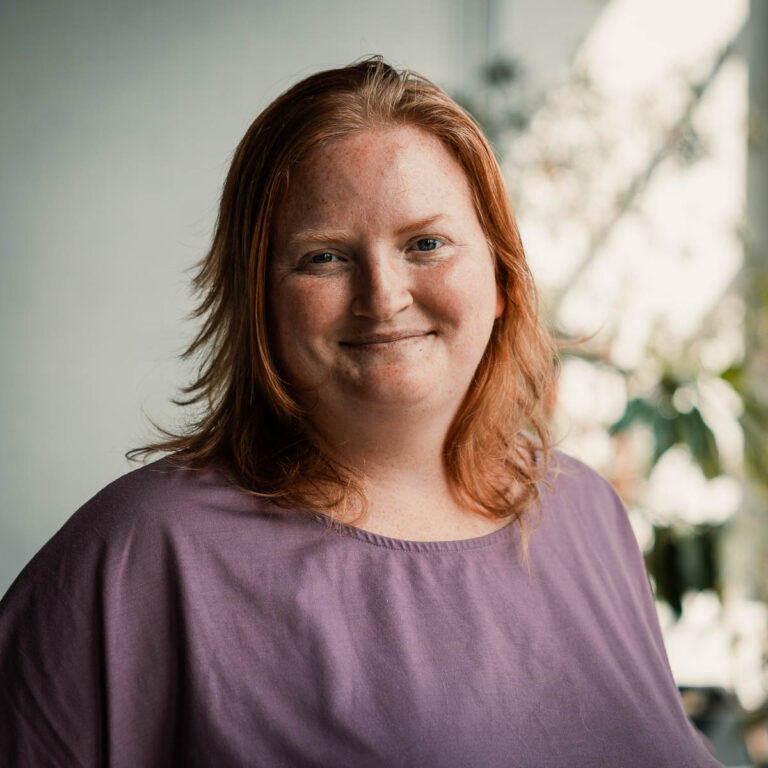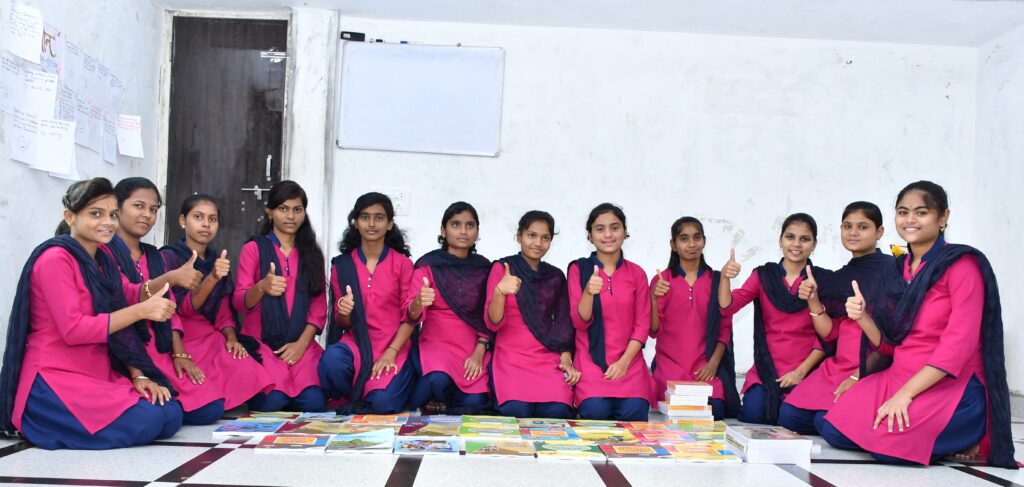Connecting the Unconnected in Mumbai
theunconnected.org answered some questions about their mission to connect people to the internet and the project we contributed to in Mumbai.


Unconnected.org has a mission to connect 100 million people to the internet by 2025. This mission combines well with our own, to give everyone equitable access to connectivity, so we were happy to connect with them and work together on a project to bring connectivity to school-ages girls in Mumbai through SAKHI for Girls Education. As explained on the SAKHI website, Sakhi means a female friend who guides or supports someone for a good cause. Together, we have provided cell phones and sim cards to be used in school classes to help give girls living in the slums an education.
To paint a picture of the work theunconnected.org is doing globally as well as together with SAKHI for Girls Education in Mumbai, we asked them some questions.
Can you explain a little about what theunconnected.org does?
unconnected.org was founded with similar objectives to 48percent.org. As a group, the founders witnessed the emergence of the internet and have often been instrumental in the growth of mobile data from GPRS, 3G and 4G networks in different geographies. We understand the importance of access to this technology. In our commercial lives, we were primarily focused on driving up shareholder value. We now want to make a tangible difference to the unconnected communities round the world and enable them with the same tools and benefits that the connected population have. We believe that digital inequality is exacerbating global inequality and needs to be eradicated.
Where, geographically, do you see the biggest problems in connecting people to the internet?
This is a global issue and no geographical area is unaffected by lack of digital connectivity, even in the developed world. However in our opinion geographically, sub saharan africa and large areas of Asia are particularly affected. As a general rule, areas where the average wage is low and poverty is high, is where there are major problems with people having access to the internet. This continues to be a barrier in getting these people out of poverty. There is also a gender divide to consider: women are much less likely to have access to the internet than men, something theunconnected.org is addressing.
How has the situation surrounding the digital divide changed in the past 2 years?
Over the last two years (perhaps called the COVID period) access to the internet has increased in importance. Not only giving people access to remote education but also vital health information and ability to work, trade and purchase vital supplies. People without internet access have been adversely disadvantaged. If we are looking to take any positives from this situation it is that it’s helped highlight the issue of a global digital divide with more people looking to rectify the situation but there is still a very long way to go.
What drew you to working on a project in Mumbai?
We wanted to focus on Sakhi for girls Education in Mumbai because at its core are two areas that are close to our hearts. 1) The promotion of education to people who would otherwise not have access to learning giving them life opportunities otherwise unavailable to them. 2) This initiative is focused on educating girls. In many societies girls are the last family members to have access to a device, the internet and education; this project addresses all those issues.
How does this project give girls and women access to connectivity?
The phones and connectivity that have been purchased with the support of 48percent.org are pre-loaded with education applications and are physically handed out to the girls. Their learning is then tracked centrally to ensure they are using the devices as intended and their progress is supported by their mentors.
How will working with Sakhi to provide connectivity access change these girls’ future?
unconnected.org are working closely with Sakhi to monitor the impact that this initiative is having. This is not only on the girls’ learning and development but also their progress at the end of the learning cycle and how they use these new skills to progress their lives. By helping Sakhi understand and demonstrate this will enable them to approach other funding sources and ultimately the Indian government to ensure a continual funding stream.
What impact has this project had on the girls so far?
As we mentioned before, the girls have access to learning apps. Klik2learn is the main application for teaching the girls English and seeing their progress in learning English makes this all real. If we can be emotional for a second, it’s the look of hope on the girls faces which makes it all worthwhile. They now have opportunities they didn’t have before and a chance to change their lives forever.